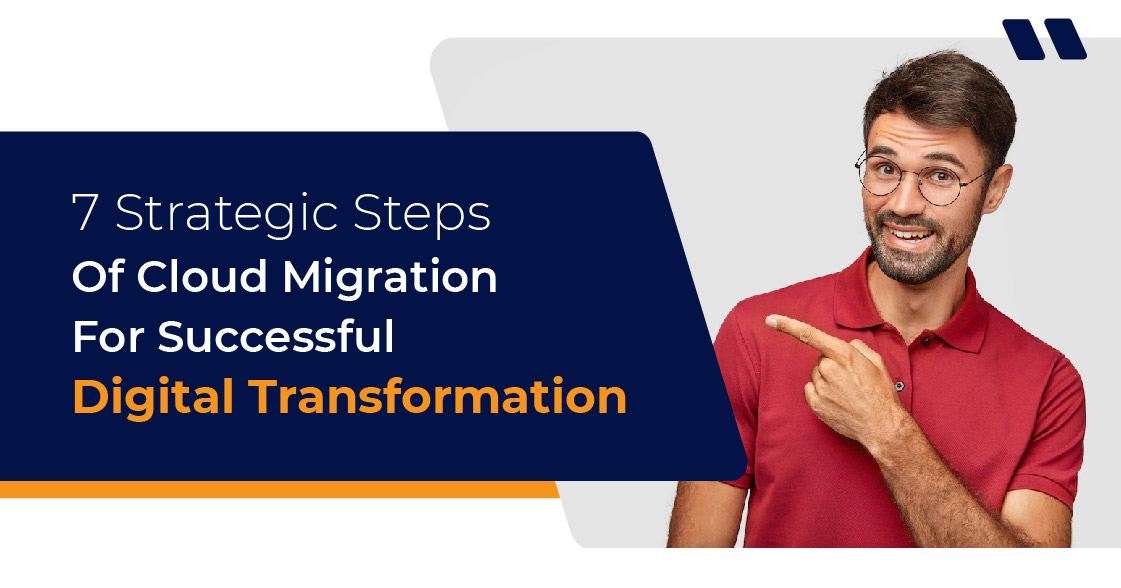Cloud computing is based on the idea that the interconnection of people and systems allows easy access to programs and information from any location. Companies increasingly turn to the cloud for various activities, including storage and computation. Cloud cost optimization is a high goal for many organizations. 76 percent of respondents in a survey by Flexera conducted in 2021, measure their cloud progress according to cost efficiency and the savings they made due to cloud initiatives.
Importance of Cloud
Now, more than ever, the cloud plays a crucial role in assisting businesses to reopen, reinvent, and navigate through uncertainties. Transitioning to the cloud enables companies to optimize IT costs by eliminating the capital expenses associated with onsite data centres. Cloud services, often self-service and on-demand, offer rapid provisioning of computing resources, granting businesses flexibility and alleviating the challenges of digital transformation.
One of the key advantages of cloud computing lies in its elastic scalability. This means businesses can effortlessly adjust IT resources, such as computing power, storage, and bandwidth, precisely when required and from optimal geographic locations. Unlike onsite data centres that demand extensive setup and management tasks, cloud computing frees up IT teams to focus on more critical business objectives.
Major cloud computing services operate on a global network of secure data centres, regularly upgraded with cutting-edge hardware. This infrastructure brings notable benefits, including reduced network latency and enhanced economies of scale compared to a single corporate data centre.
Additionally, cloud computing simplifies and reduces the costs associated with data backup, disaster recovery, and business continuity, as data can be mirrored across multiple redundant sites on the cloud provider’s network. Many cloud providers offer comprehensive security measures, encompassing policies, technologies, and controls, fortifying the overall security posture. This holistic approach safeguards data, applications, and infrastructure against potential threats, making cloud computing an indispensable asset for businesses navigating the modern digital landscape.
Enterprises should concentrate on the steps to migrate to the cloud to ensure a successful cloud migration. Cloud is more than just a hosting platform, and merely shifting all of your data to one cannot be considered a successful migration because it does not allow you to take advantage of all of the benefits that a proper cloud migration strategy can provide. It prohibits you from adequately utilizing the cloud’s unique potential to develop something completely new.
A successful cloud migration necessitates developing and implementing a complete strategy that establishes migration goals, establishes a timeframe, predicts challenges, and identifies resources.
Here are the 7 steps for successful cloud migration:
Developing a strategy

Start by defining a strategy. Define your goals and create a realistic schedule to help you focus and limit your possibilities. Determine which legacy apps should be kept on-premises or decommissioned, estimate the resources required for cloud migration, and develop tracking, governance, and billing strategies. Consider your strategic and tactical plans for future cloud-native applications.
Assess your cloud options

Several cloud choices can be mixed to meet your specific business needs. Retaining, retiring, rehosting, re-platforming, and restructuring programs are some options. It’s critical to determine which service framework provides the most expertise to help you achieve your migration goals.
Pilot the chosen cloud option

Make sure to test the cloud option you chose before jumping in with both feet. After you’ve reviewed and analyzed your present environment and identified workload and application dependencies, this is where you check the feasibility of migrating your existing apps. It would be best if you also calculated your total cost of ownership at this point.
Investigate the current cloud operational maturity

This comprises people, processes, and technology evaluation. You need to figure out whether each application is ready to migrate and the appropriate migration approach for each workload. Evaluate your specific business drivers as well as cloud capacity.
Creating a cloud landing zone

Consider security, performance, compliance, technical requirements, and the unique considerations for each cloud provider, depending on whether you’re using AWS, Microsoft Azure, or Google Cloud Platform. To address the particular requirements of each application, you may wind up installing various cloud choices. 92 percent of businesses have a multi-cloud strategy, according to Flexera’s State of the Cloud study for 2021.
Deploy a landing zone

To test the first application or group of applications, create a landing zone. This procedure, which incorporates best practices, verifies that the platform is functioning correctly and that the application is functional and secure.
Migration

You can now bring the remaining categories of workloads to your new cloud environment and create plans for the other categories.
Conclusion:
Migrating to the cloud is a complex process that requires thoughtful preparation and solid experience. A well-thought-out cloud migration strategy can help businesses avoid unpleasant surprises. Skillmine’s cloud migration services follow all the steps of cloud migration, integrate industrialized capabilities, and incorporate exclusive pre-configured tools, methods, and automation tailored for specific sectors. This applies across diverse cloud models and multiple delivery methods, encompassing Infrastructure as a Service (IaaS), Platform as a Service (PaaS), and Software as a Service (SaaS).
Looking for expert technology consulting services? Contact us today.





